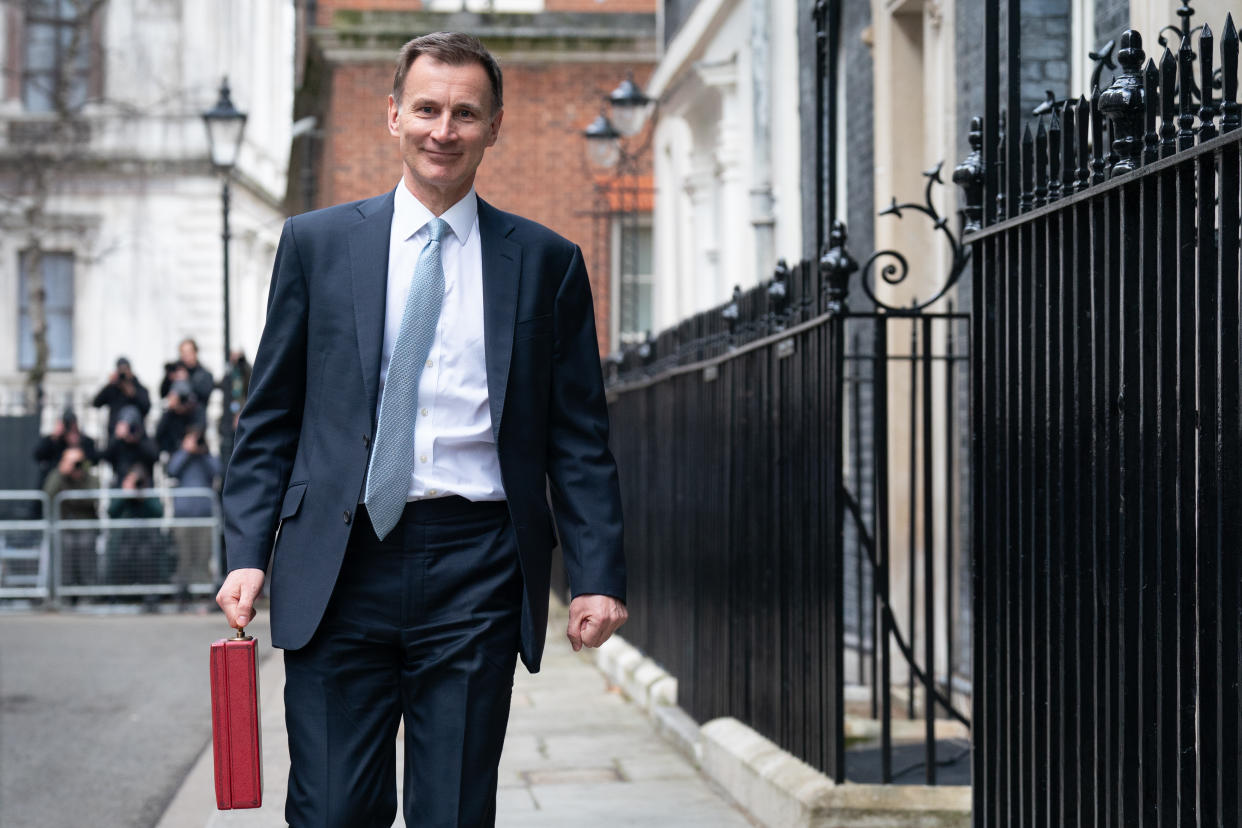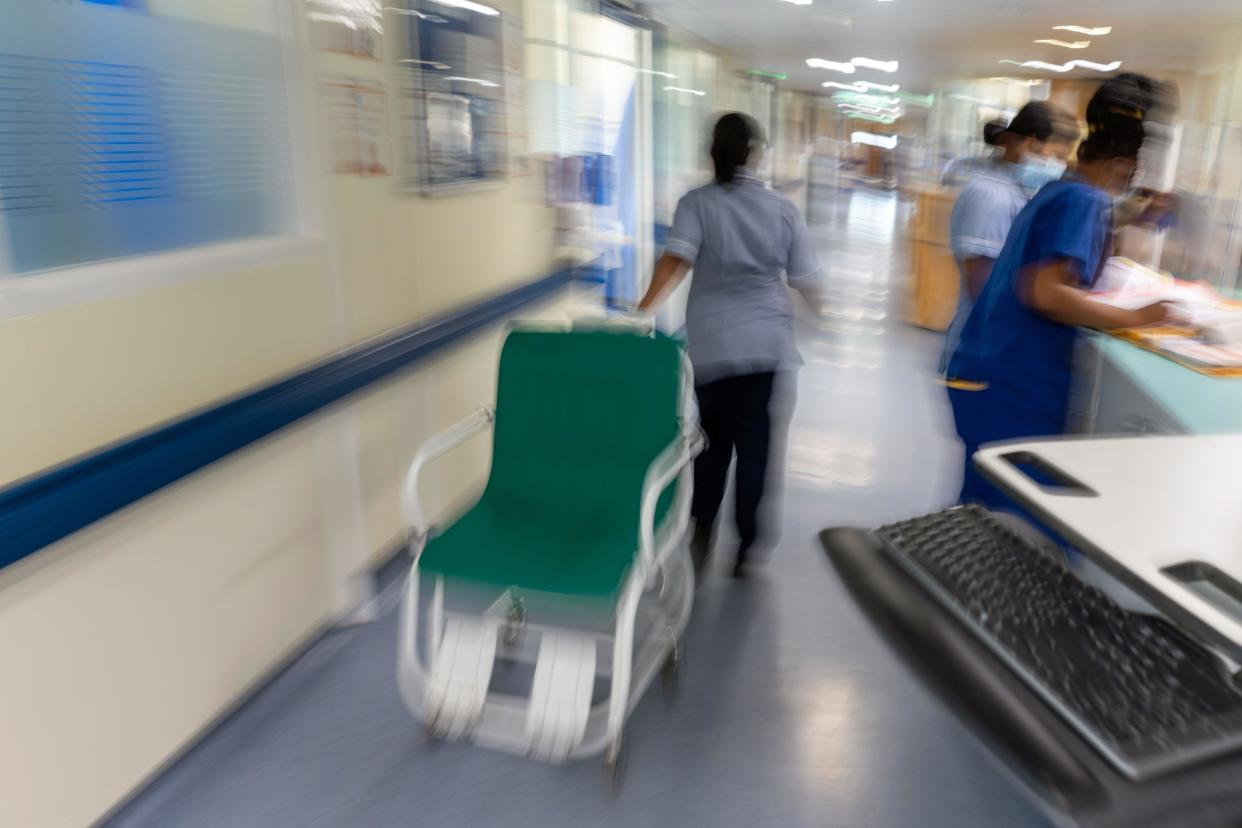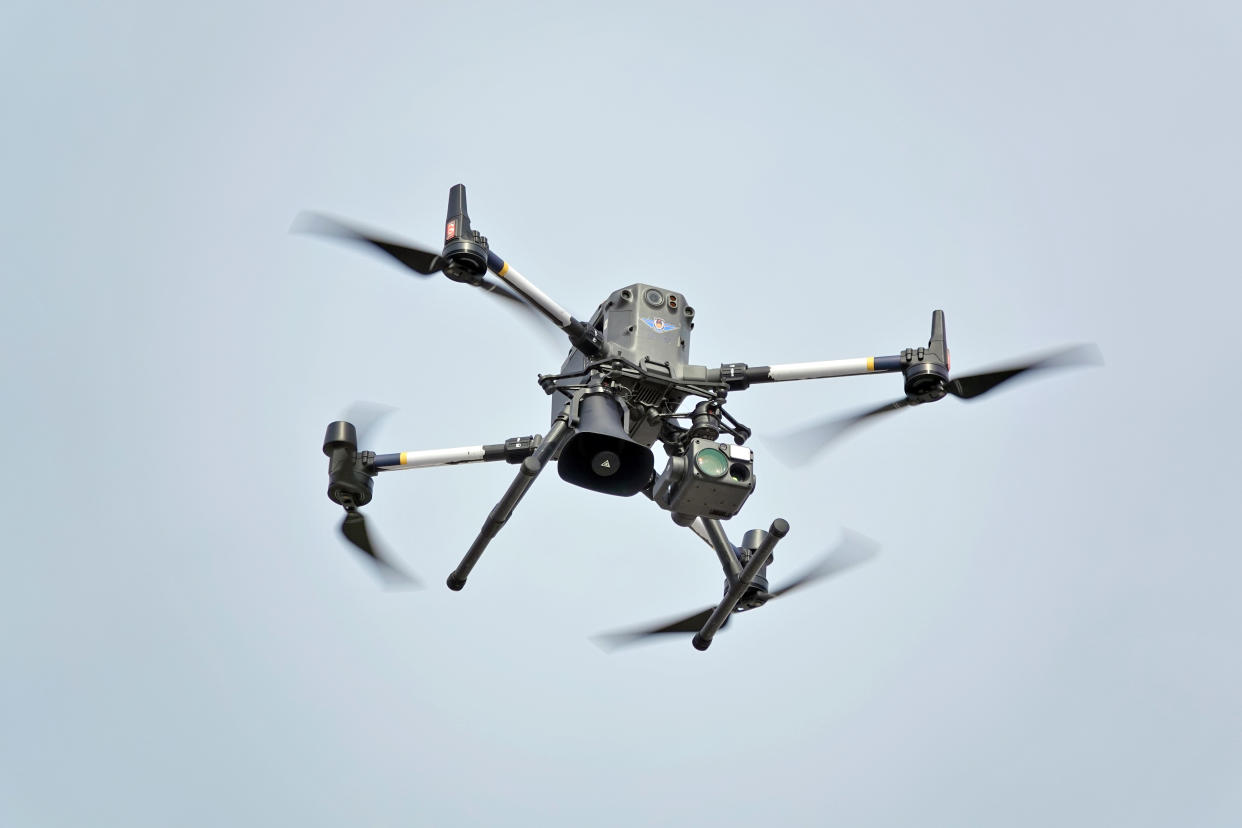AI to fill out half of NHS forms to save money, Jeremy Hunt announces

Chancellor Jeremy Hunt has announced that AI technology will be used to fill out NHS forms so that doctors can spend more time helping patients.
Hunt, delivering what is thought to be his last budget before a general election, announced a raft of measures that he hopes will boost Tory fortunes. Among those were plans to support doctors and nurses with “often antiquated” systems.
The chancellor said he wants “better care for patients, better value for taxpayers and more rewarding work” for NHS staff members. One of the methods was using AI to cut admin and free-up time for those on the front line of public services.
Hunt told MPs: “We will slash the 13 million hours lost by doctors and nurses every year to outdated IT systems. We will use AI to cut down and potentially cut in half form filling by doctors.”
The technology reforms, worth £800 million, are designed to deliver £1.8 billion worth of benefits to public sector productivity by 2029, the Treasury previously said. AI will also be used to speed up the time it takes for patients to receive test results, including those waiting for cancer results.

The pioneering technology will be trained to recognise patterns in scans through machine-learning which officials said could cut scan times by over a third. Hunt said all hospitals will use electronic patient records, “making the NHS the largest digitally integrated healthcare system in the world”.
According to NHS England, AI is already being used to:
Analyse X-ray images, for example mammograms, to support radiologists in making assessments.
Support people in virtual wards, who would otherwise be in hospital to receive the care and treatment they need in their own home or usual place of residence. This is by using remote monitoring technology such as apps and medical devices to assess patients’ health and care while they are being cared for at home.
Help clinicians read brain scans more quickly, shortening the time it takes for patients to be treated.
Yahoo News UK has contacted the British Medical Association (BMA) for comment.
The government’s plan to use AI is an attempt to modernise the NHS. The complete £3.4 billion investment in NHS productivity has been welcomed by NHS England chief executive Amanda Pritchard, who praised the existing use of technology to prioritise patient care.
She added: “The significant £3.4 billion investment in capital to fund new technology means the NHS can now commit to deliver 2% annual productivity growth in the final two years of the next Parliament, which will unlock tens of billions of savings.”

Budget backs police drones
Hunt also announced other uses of technology to improve productivity in public services – including the police using drones as first responders. The plans for trials were first unveiled by police chiefs in November last year, with the firsts tests due to be carried out in Norfolk in the coming months.
If testing is successful, the devices would be stationed on buildings and operated remotely to be sent first to scenes to give police early information. While initial trials, under a scheme dubbed Project Eagle X, will take place in Norfolk, further trials are planned for Thames Valley Police and Hampshire.
The hope is the drone would give more accurate information on the potential scale of an incident than a shocked member of the public who has called 999, and get there more quickly than a helicopter. Currently, police forces in England and Wales use about 400 drones that cannot be flown out of the operator’s line of sight. Plans are in place to amend those rules to allow police operators to do so, with initial trials taking place in areas with closed-off airspace later this year.


